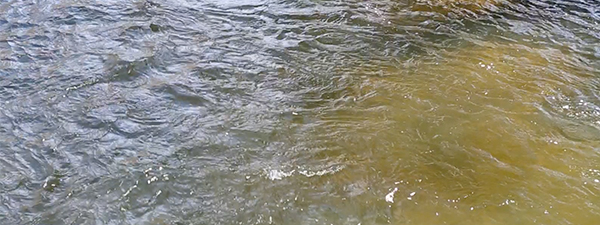
FOR SOME, THE WORD EVOKES AN AESTHETIC IDEAL, BUT SCIENCE SAYS, "NOT SO FAST!"
brutjournal's science-and-art contributor David Bjerklie is a science writer and editor, and former science reporter for TIME magazine. He is based in New Jersey and Minnesota. Evoking a sense of purity in nature, we've illustrated this article with photos by Bill Westmoreland.
by David Bjerklie
On first examination, the notion of purity in the world of science seems entirely straightforward. When chemists or materials scientists refer to a pure sample of an element, whether it’s gold, carbon, sulfur, lead or uranium, they simply mean that the only substance present in such a sample is that single named element.
In this sense, purity is something absolute. It may be regarded as the chemical counterpart of the oath a witness takes in court when he or she pledges to tell “the truth, the whole truth, and nothing but the truth.” In the real world, however, chemists have had to devise scales, or grades, of purity in order to meet the practical demands of measurement in a range of scientific, pharmaceutical, and industrial contexts.
to read the whole article.


